Do Ho Suh is searching for home in a major new exhibition at Tate Modern
Do Ho Suh's exhibition, 'Walk the House' at Tate Modern, sees the South Korean artist recreate his homes from Seoul, New York, London and Berlin.
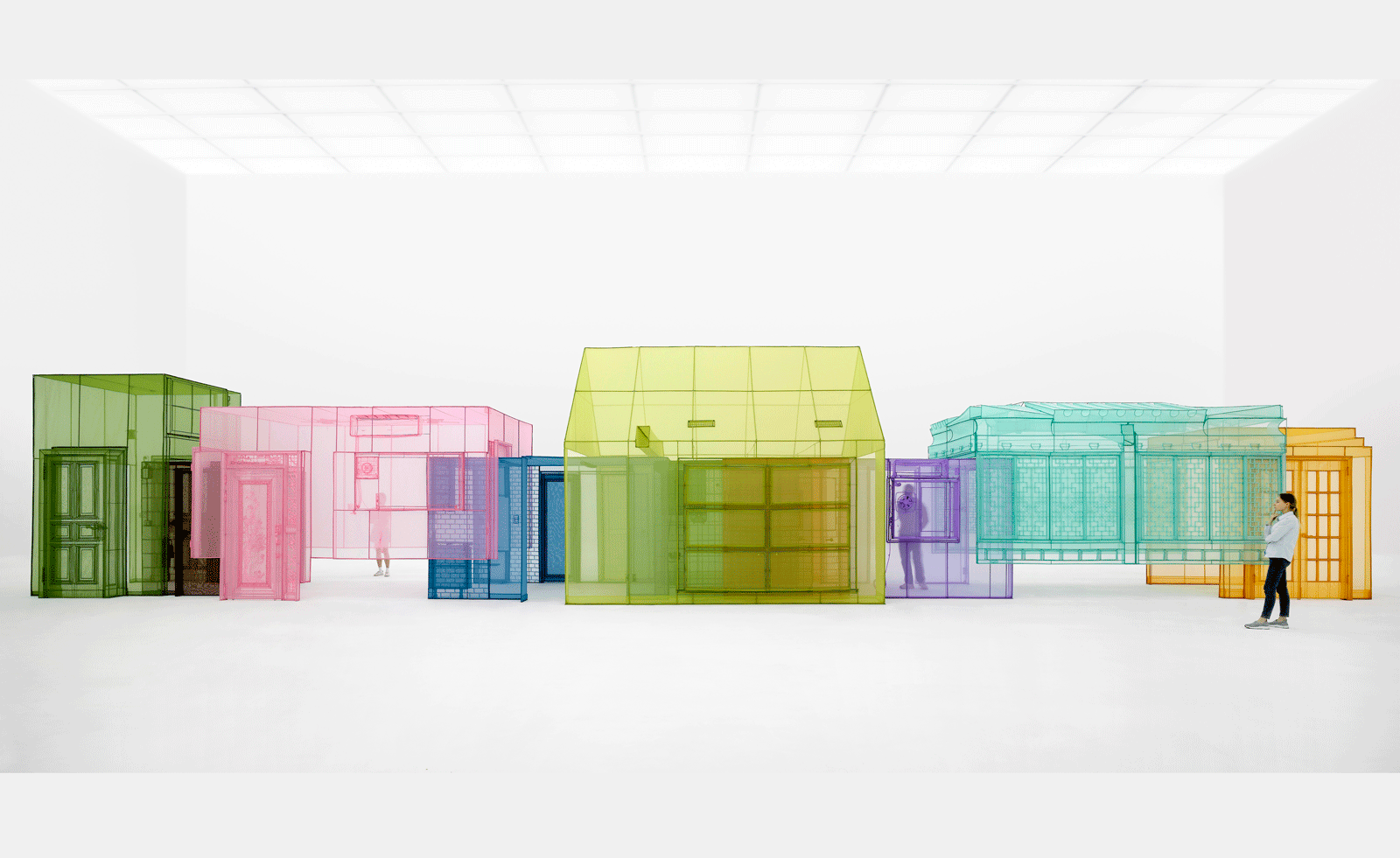
Upon entering Do Ho Suh: Walk the House at Tate Modern, the visitor is confronted with a closed door. But it is not one that blocks passage into the exhibition, or stops you immediately reading the range of works filling the wide open Blavatnik Building gallery. The door is part of the meticulously sewn and constructed Nest/s (2024), a series of 1:1 reproductions of thresholds of homes the South Korean artist has lived in, fragments of architecture from Seoul, New York, London, and Berlin.
Made of an historic Korean fabric technique, Suh has recreated these momentary spaces from a polyester designed for the fashion industry, combining the geographic segments together into one long, ghostly passageway. Monumental in scale, it carries fine detail throughout, down to the manufacturer logos on air vents, individual parts of hinges, light switches, and sockets. To walk down the centre of these interlocking spaces is to walk through the kinds of connecting spaces designed to be functional but forgettable, each with specific geographic details, which Suh’s has reconstructed as an act of celebration, memory, and presence.
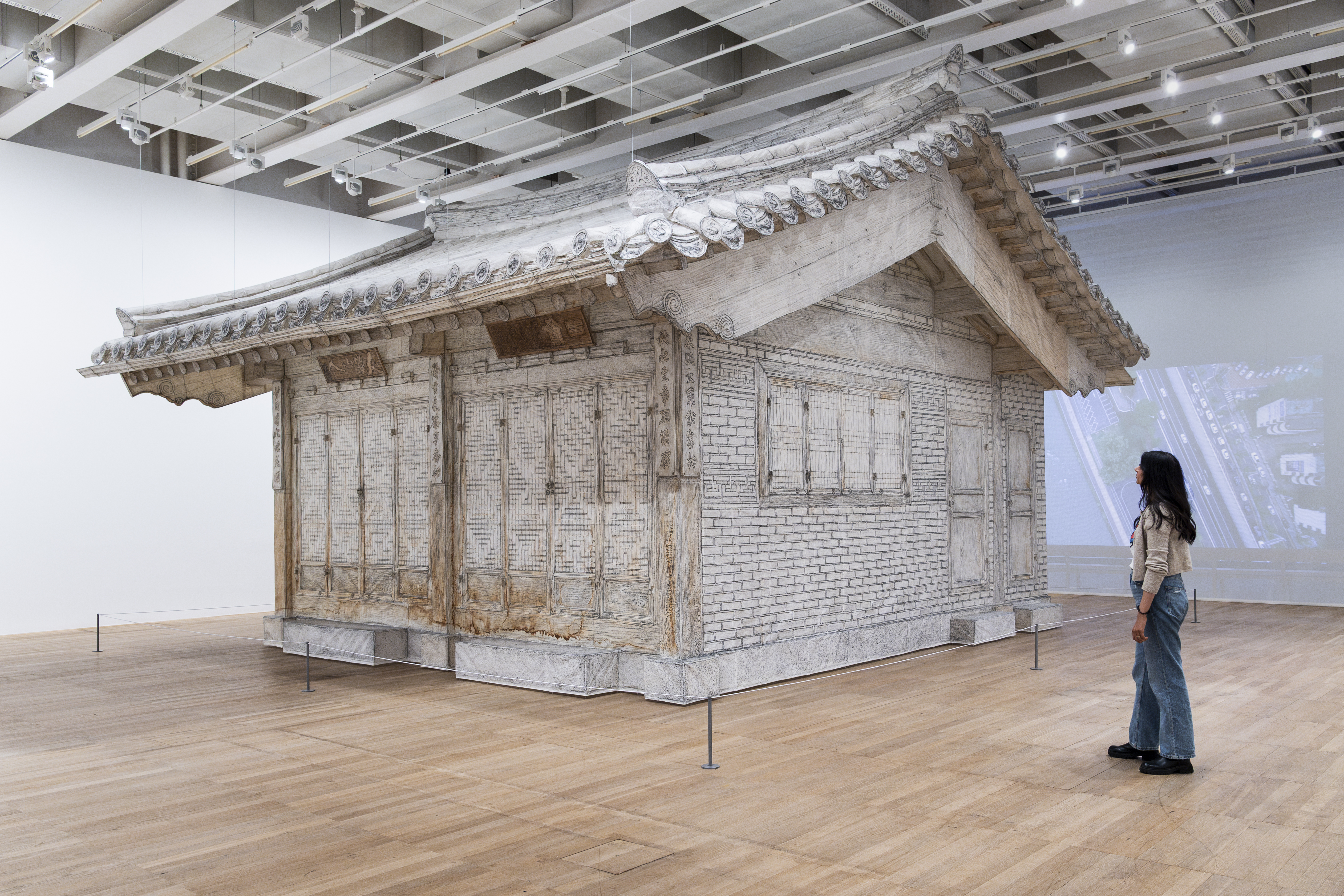
Do Ho Suh, Rubbing/Loving Project: Seoul Home, 2013-2022, installation view, The Genesis Exhibition: Do Ho Suh: Walk the House.
For over two decades, Suh has been exploring the idea and conditions of “home”, most recognisably through such large-scale fabric constructions. His practice, however, covers a range of mediums including models, drawings, film, and paper constructions, several of which line the walls of the open gallery: a bright red staircase Suh remade with gelatine tissue paper is flattened and part-dissolved into an abstraction of space; a scale resin model of Suh’s former Providence home has a traditional Korean Hanok house embedded within its guts; a wall of sketches of houses with legs, ideas of movement, and bodies in space reveal Suh’s thinking of migration, rootedness, and being.
“After living in London for 15 years I realised that when I'm in my flat, I still think about my home in Korea, and a place that I lived in New York for 25 years,” the artist explains, “and those memories of different spaces actually exist at the very present moment.” At one end of the passage is another giant fabric work, a white tent-like space within which are stitched 3D renderings of interior details from six of Suh’s former homes. It’s an uncanny compact of places represented through the small moments of touch: door handles, light switches, telephones, towel rails, sockets. It speaks to how we inhabit place, how we navigate our domestic landscape, and the moments where we interact with it beyond the visual.
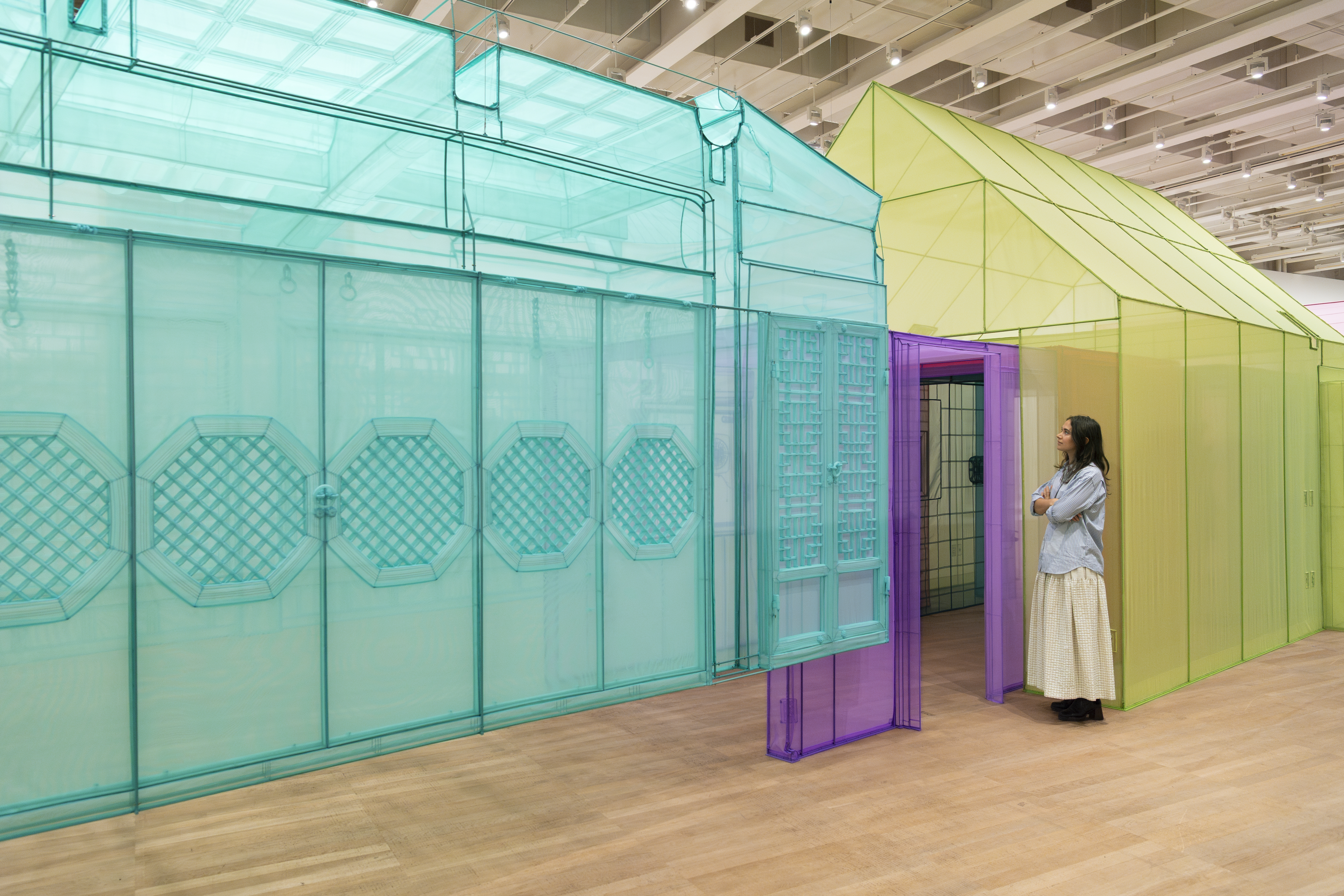
Do Ho Suh, Nest/s, 2024, installation view, The Genesis Exhibition: Do Ho Suh: Walk the House.
The haptic is central to these ideas of space and this is portrayed no more richly than with Rubbing/Loving: Seoul Home (2013-22), a 1:1 model of Suh’s childhood home, a beautiful traditional Korean Hanok built by his parents in the 1970s. An adjacent video documents a painstaking process of wrapping the home in paper, rubbing it entirely in graphite, then carefully cutting the paper away ahead of its reconstruction. It is a delicate, haunting reconstruction, but knowingly imperfect – just as our memories of past homes are similarly flawed. “I was never interested in replicating places 100%, and I knew it will not perfect, but what I was interested in was the threshold that triggers these memories.”
These works are about knowing and reading space through presence, touch, and time, rather than through an exact documenting with technology, lidar, or photography. Suh does, however, bring digital technologies into some of his work. Two films are shown at one end of the gallery, speaking to contemporary neoliberal housing crises. East London’s Robin Hood Gardens, designed by Alison and Peter Smithson and currently undergoing the final stages of its controversial demolition, is documented through a 2018 work in which Suh slowly, carefully documents internal apartments while the building around begins to be deconstructed – the residents present in Suh’s horizontal and vertical panning shots that portray the immediate individuality and personality of people’s homes while the more distant view shows the City’s financial towers and construction sites of encroaching gentrification.
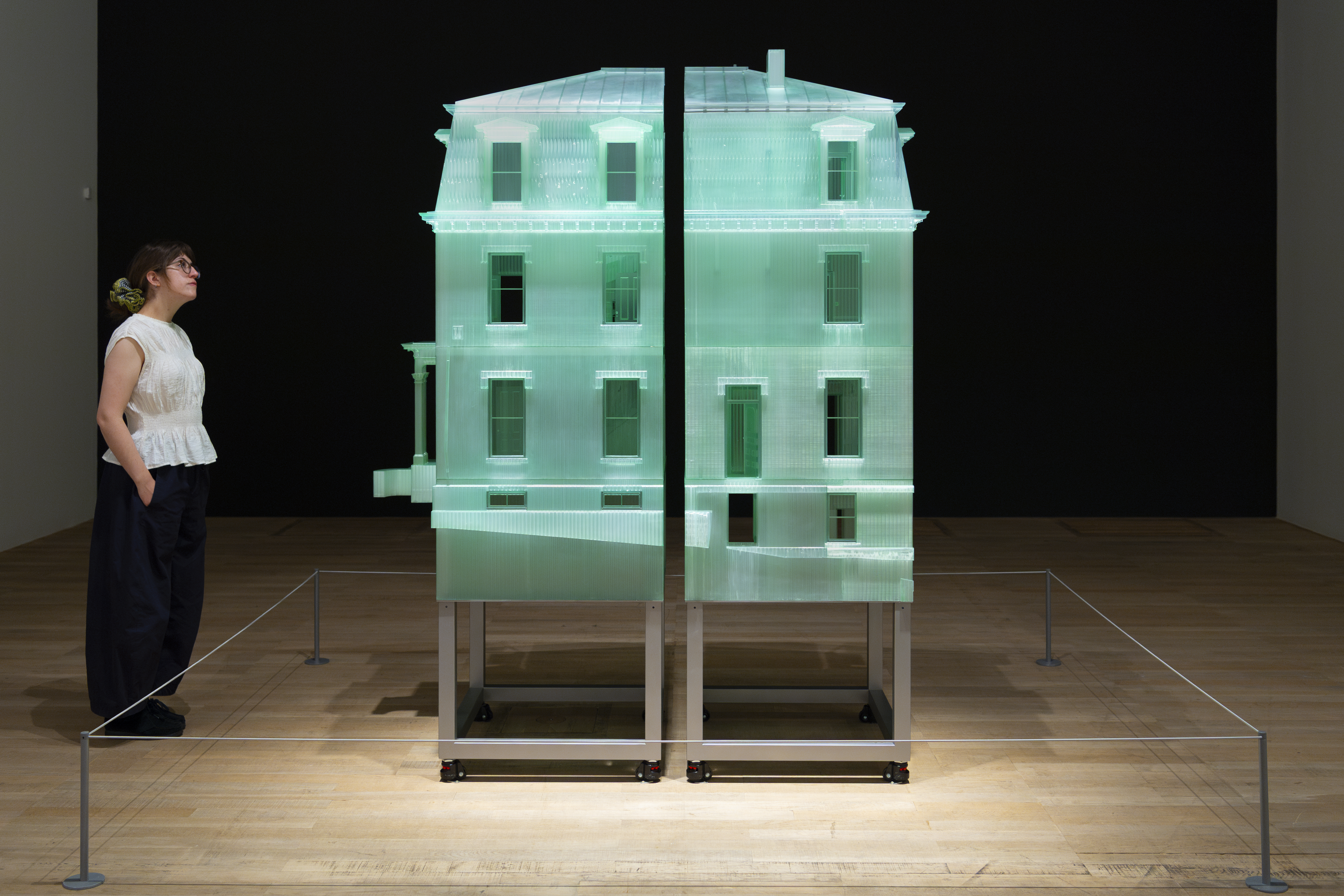
Do Ho Suh, Home Within Home (1/9 Scale) 2025, installation view, The Genesis Exhibition: Do Ho Suh: Walk the House.
“The specific housing programmes in UK were something that struck me … the fate of the building, the failure of the this sort of utopian architecture, and displacement of the people,” Suh explains. This and an accompanying film made four years later in Daegu, South Korea, similarly documenting apartments before demolition, carry the most immediate political presence in the show. Yet, just as the fabric structures the films share the exhibition with, it is through the minute detail, personal, and haunting presence of lives lived in the home environments that speak louder than the initial monumental form.
Receive our daily digest of inspiration, escapism and design stories from around the world direct to your inbox.
Do Ho Suh's exhibition, 'Walk the House' at Tate Modern, is on until 19 October 2025
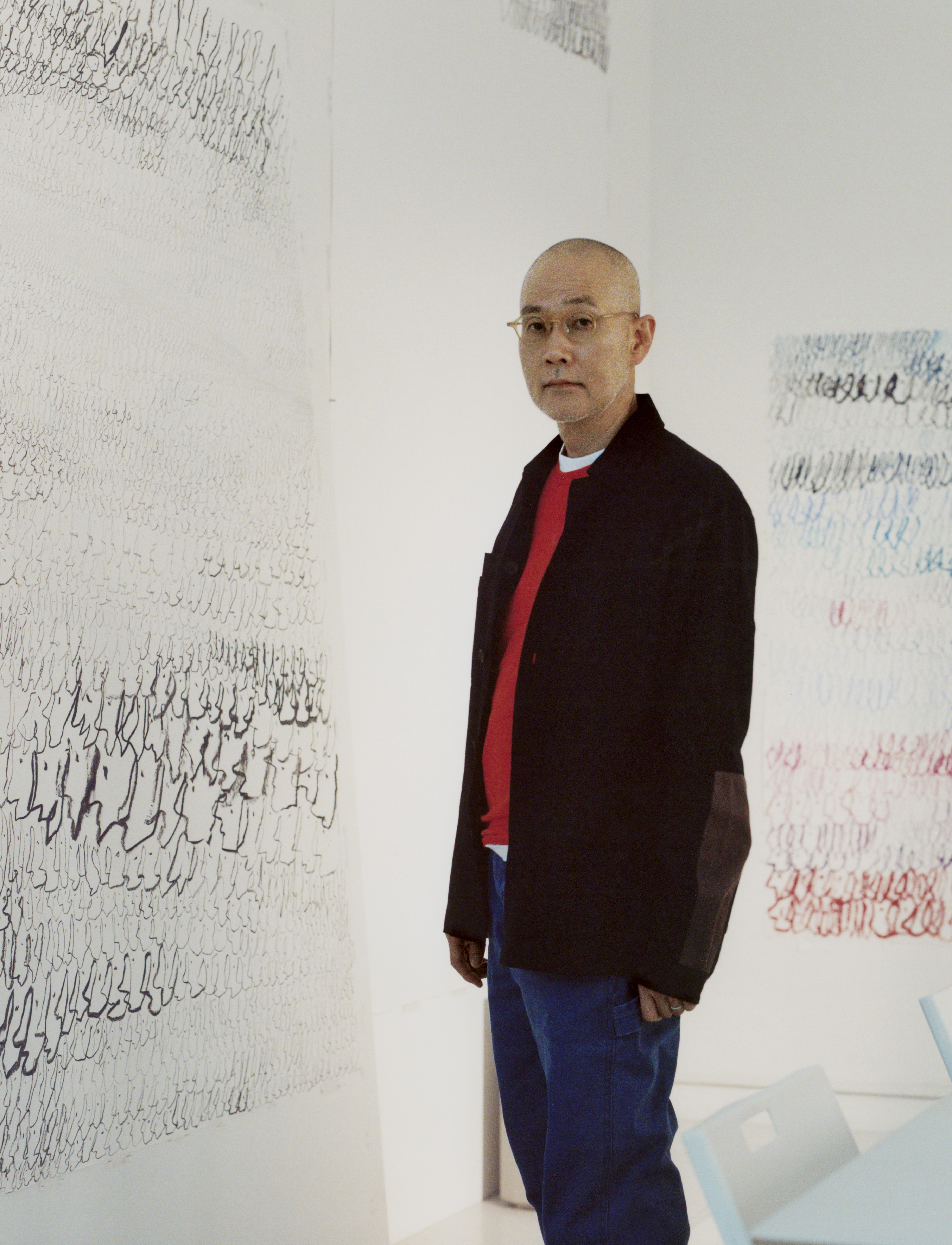
Do Ho Suh in his studio
Will Jennings is a writer, educator and artist based in London and is a regular contributor to Wallpaper*. Will is interested in how arts and architectures intersect and is editor of online arts and architecture writing platform recessed.space and director of the charity Hypha Studios, as well as a member of the Association of International Art Critics.
-
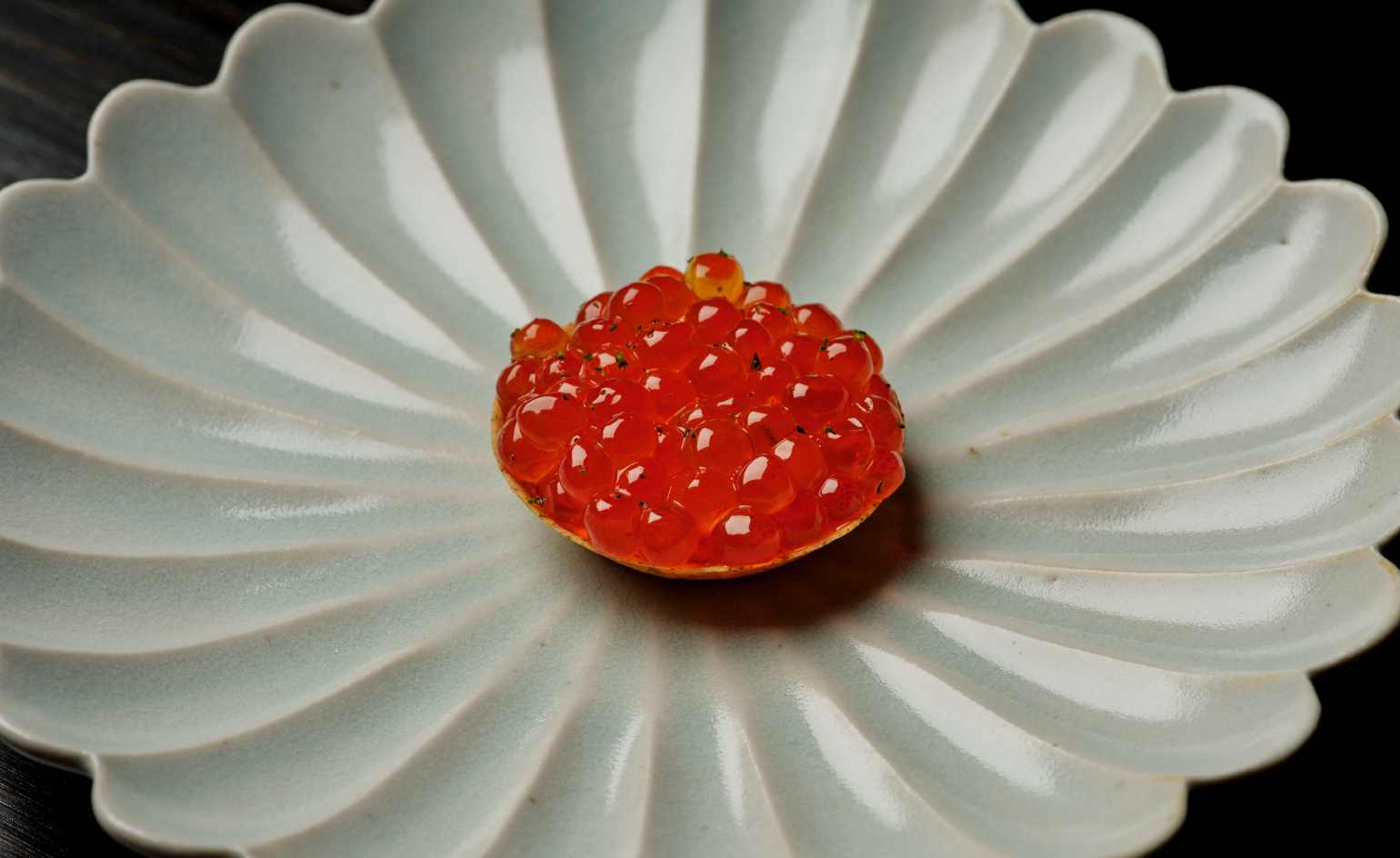 This cult Los Angeles pop-up restaurant now has a permanent address
This cult Los Angeles pop-up restaurant now has a permanent addressChef Brian Baik’s Corridor 109 makes its permanent debut in Melrose Hill. No surprise, it's now one of the hardest tables in town to book
-
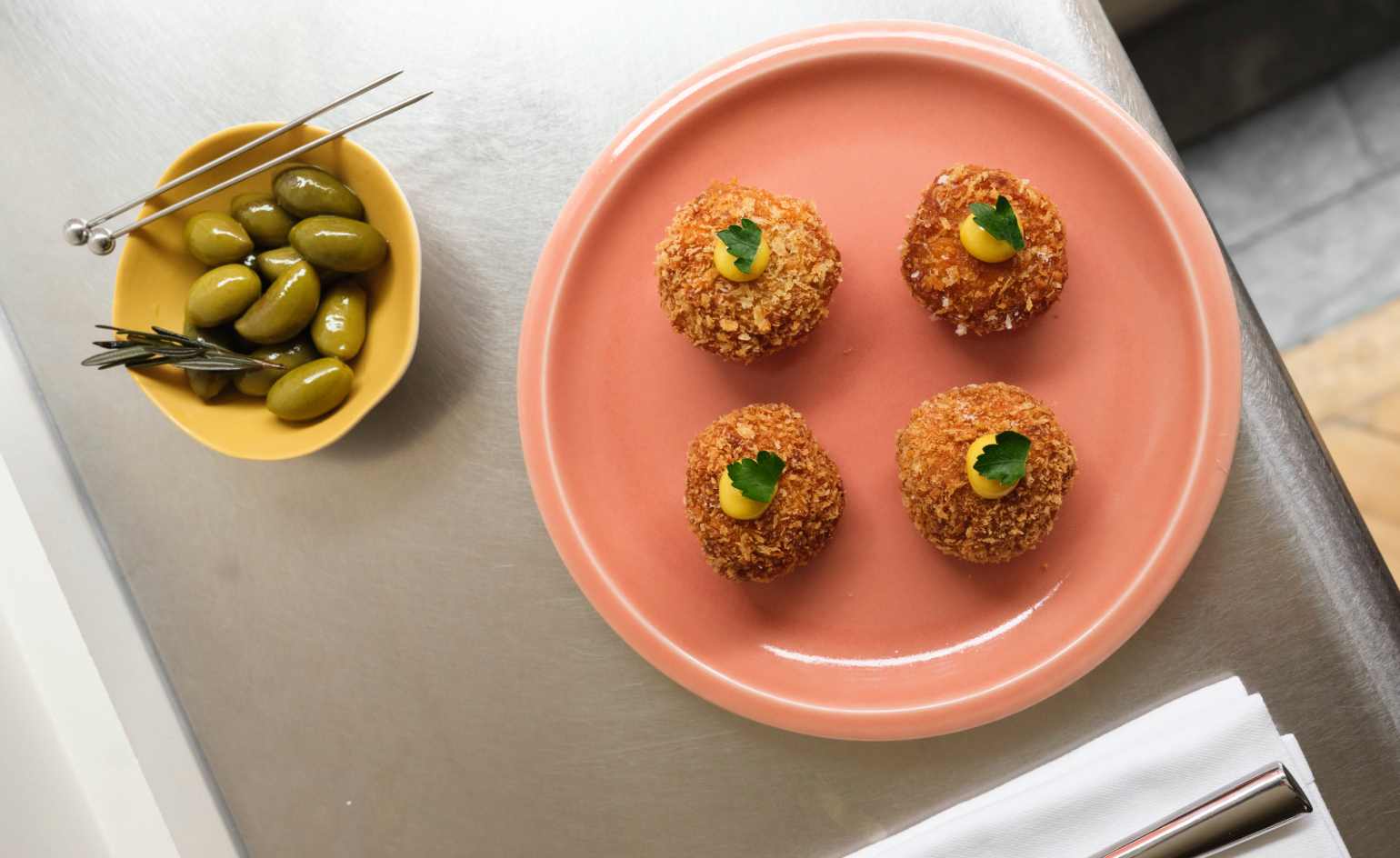 French bistro restaurant Maset channels the ease of the Mediterranean in London
French bistro restaurant Maset channels the ease of the Mediterranean in LondonThis Marylebone restaurant is shaped by the coastal flavours, materials and rhythms of southern France
-
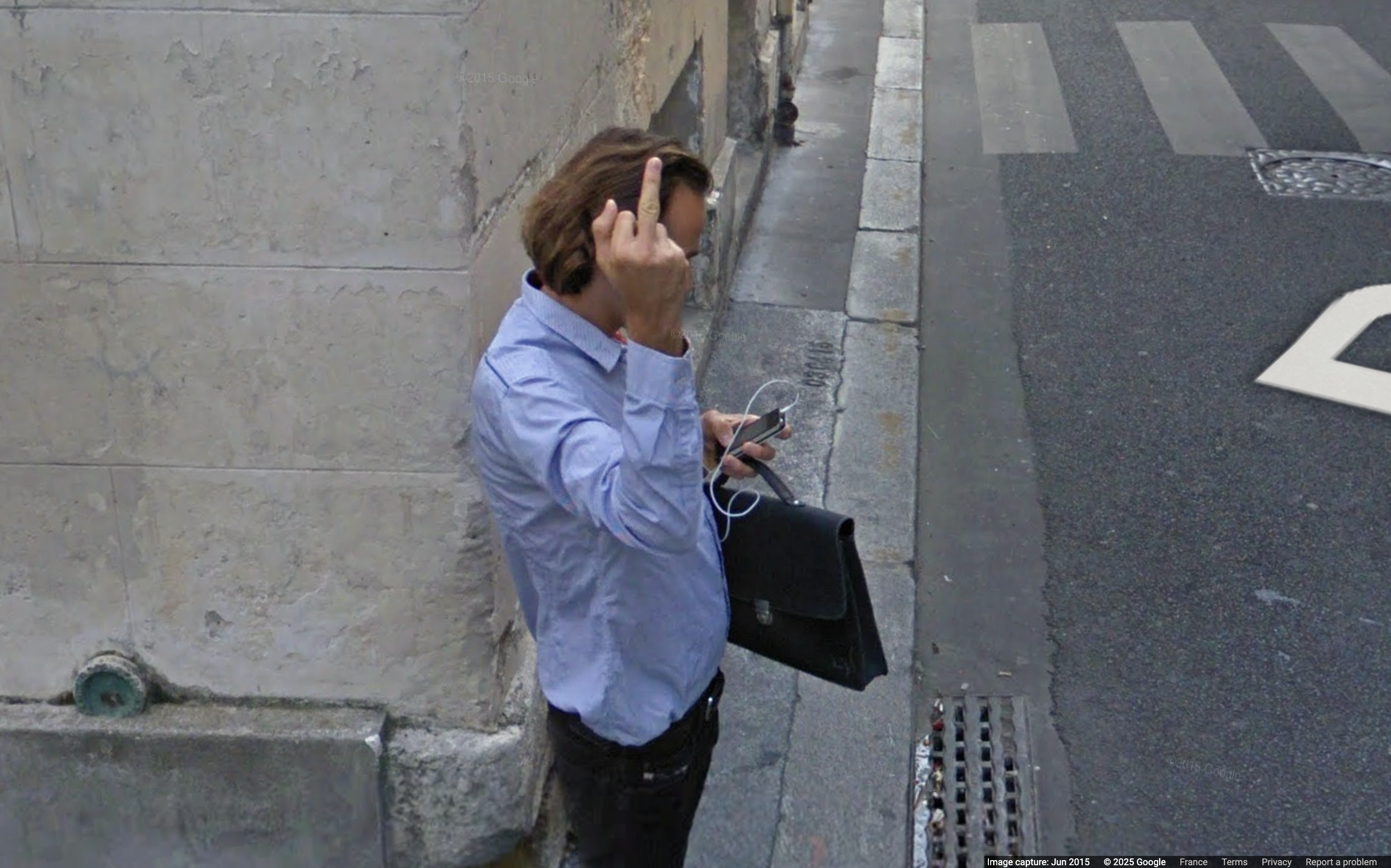 How ethical is Google Street View, asks Jon Rafman in Copenhagen
How ethical is Google Street View, asks Jon Rafman in CopenhagenIn 'Report a Concern - the Nine Eyes Archives' at Louisiana Museum of Art, Copenhagen, Jon Rafman considers technology's existential implications